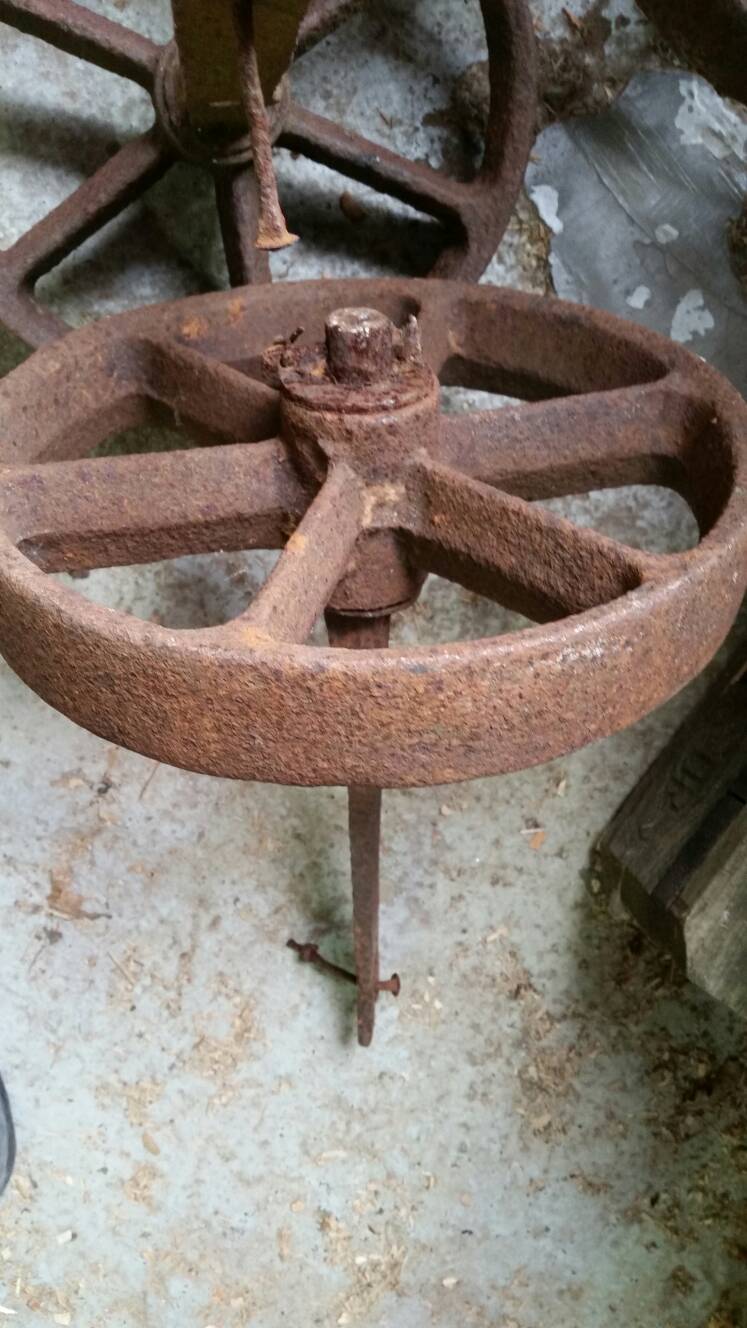Does anybody have any tips for unseizing cast iron wheels ? I've been after some for a while and managed to get some cheap, thing is there seized.

They are like to be only used for decoration, so dont necessarily need to turn. I'd still quite like it if I could free them up and then cure/treat the rust.
Googling suggests the safest way is to soak in oil. I'm impatient and wondered if there was a quicker/safer method.
Cheers
Coley

They are like to be only used for decoration, so dont necessarily need to turn. I'd still quite like it if I could free them up and then cure/treat the rust.
Googling suggests the safest way is to soak in oil. I'm impatient and wondered if there was a quicker/safer method.
Cheers
Coley




































